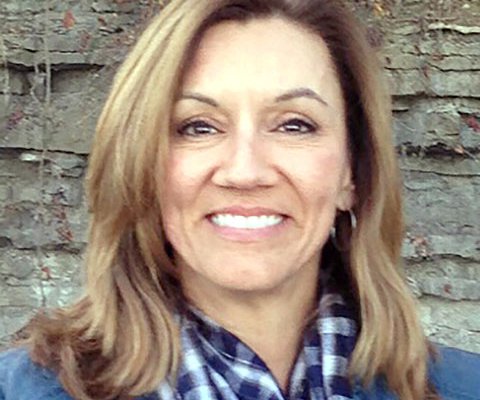Since the beginning of the COVID-19 pandemic, we have been waiting and hoping for a COVID-19 vaccine to allow us to return to some sense of normal. Now, with a few vaccine candidates showing promising results, it may seem that perhaps we’re beginning to see the light at the end of this long tunnel. But, the pandemic isn’t over yet. The vaccine is just one more tool in our tool box to help stop the spread of this virus and keep people healthy.
It will likely still be many months before the vaccine is widely available to everyone. And, perhaps you’ve (understandably) had some questions or concerns cross your mind lately. It’s okay to be concerned about how soon you may or may not be able to get the vaccine, and what the next few months may look like. The COVID-19 vaccine situation is continually changing, so be sure to visit the Green County Public Health website and Facebook page, as well as the Wisconsin Department of Health services website: https://www.dhs.wisconsin.gov/covid-19/vaccine.htm to stay up to date on new information. For now, here is what we can expect from the COVID-19 vaccine.
Vaccines help our bodies develop immunity to a particular virus, without having to get the virus. There are different types of vaccines, but with all vaccines the body is left with cells that know how to fight the virus in the future. Getting the COVID-19 vaccine will not give an individual COVID-19, but some people may experience symptoms after getting vaccinated — this is the body building immunity, and is completely normal. Many of the COVID-19 vaccine candidates require two shots. The first to start building protection, and then a second shot 3-4 weeks later, depending on the vaccine, to get the most protection the vaccine has to offer. So, be sure to mark your calendar and go back for your second dose.
Early on in the COVID-19 pandemic scientists began working on COVID-19 vaccines. Throughout the development process it has been imperative that the vaccine be developed quickly and safely. All new vaccines go through a three-phase review process. In phase I, a small group of healthy volunteers receive the vaccine to test for safety and side effects. During phase II several hundred people, a group representative of the U.S. population, receive the vaccine to test how diverse immune systems respond to the vaccine. Then in phase III, several thousand people receive the vaccine to test effectiveness, side effects, and safety. The U.S. Food and Drug Administration (FDA) carefully reviews safety data from these trials and based on their findings they may grant Emergency Use Authorization (EUA) for a vaccine or vaccines. An EUA allows the FDA to help protect the public’s health by making a vaccine, or other tools, available sooner during a health emergency.
As vaccines do begin to roll out, the initial vaccine supply will be limited. Not everyone will be able to be vaccinated at once, but as time goes on more vaccine will be produced and be available. Many organizations have made recommendations regarding how the vaccine should be distributed once it is approved for use, these recommendations were made with the health of all Americans in mind and could quickly change. Early on, health care workers and people in long term care will likely be vaccinated first. As more vaccine is produced others in essential roles and at high risk for COVID-19 complications will get vaccinated. Once vaccine is widely available others outside of these groups will be able to get vaccinated. This phased approach will have to happen over several months, so it’s important to remain patient and optimistic.
As people begin to get vaccinated and even when the vaccine is widely available to everyone — it will be imperative to continue to take precautions to prevent the spread of COVID-19. Vaccines work with your body to fight the virus if you’re exposed, but taking other steps to prevent the spread of COVID-19 will help protect you from being exposed at all. Some people will not be able to get vaccinated at all, and taking precautions will help protect them. Continuing to limit contact with others, staying home often, wearing masks, and practicing physical distancing will continue to be critical in our continued fight against COVID-19.
— Bridget Craker is the Public Health Educator for the Green County Public Health Department and can be reached at bcraker@greengountywi.org or 608-328-9509.





